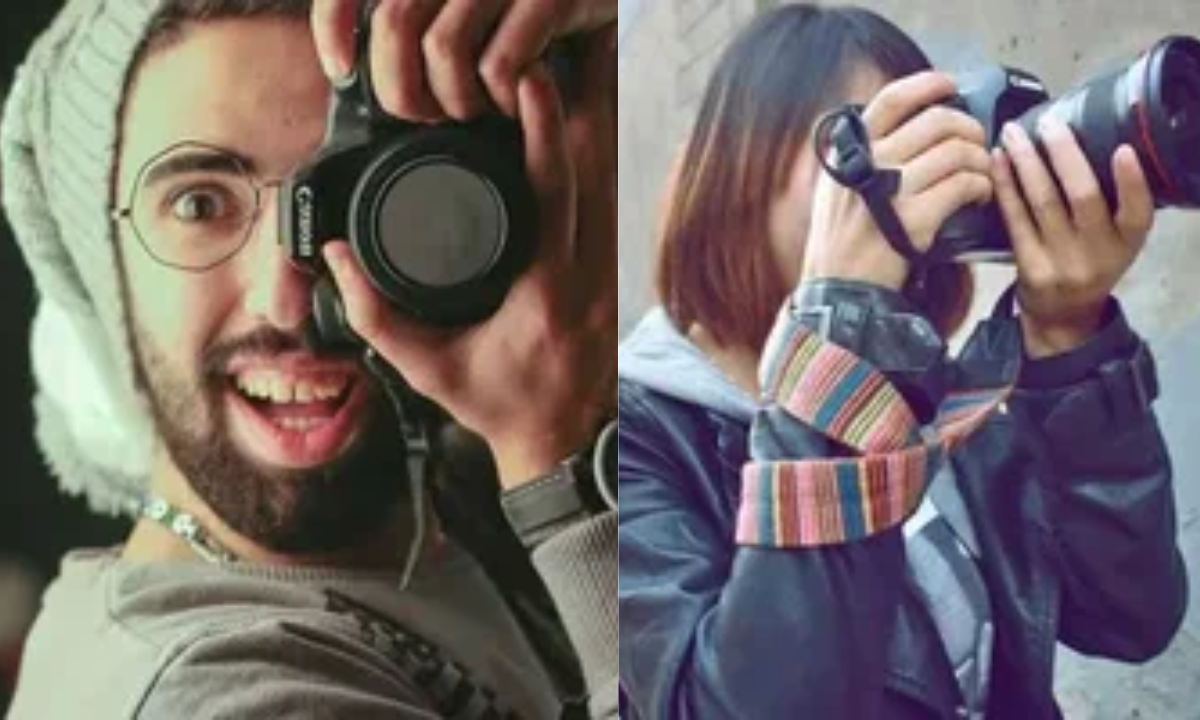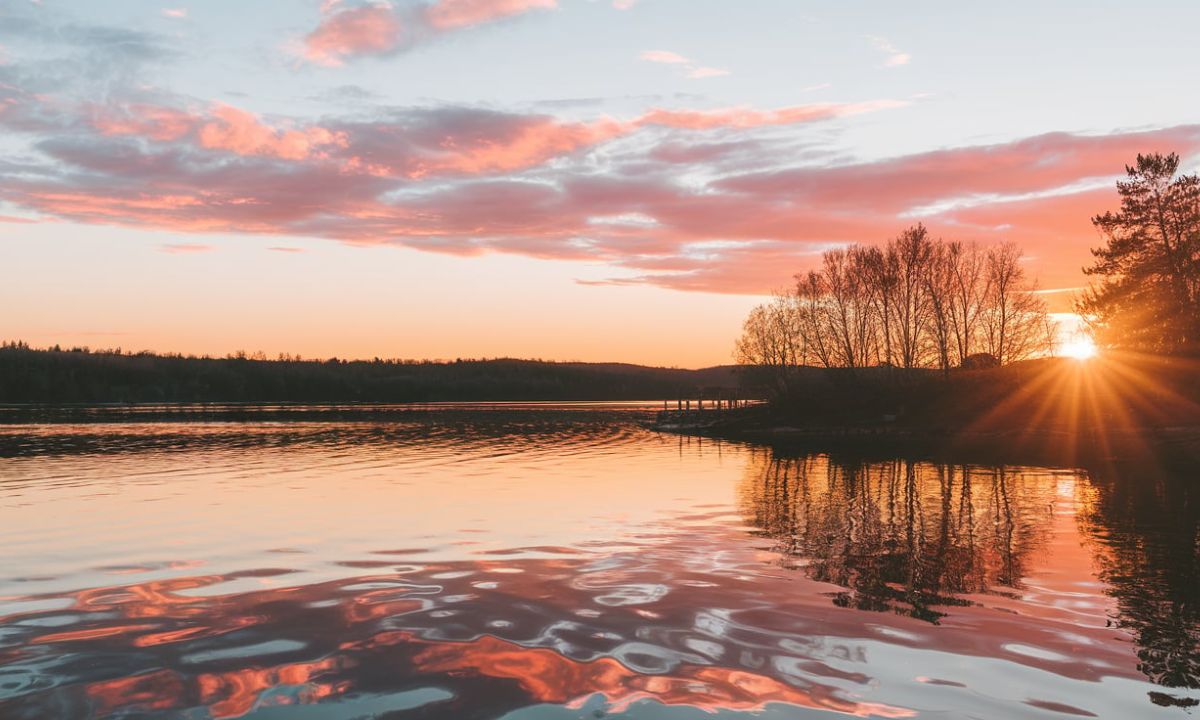Photography is a blend of art and science, where light plays a central role. Among the numerous effects photographers can use to enhance their work, lens flare stands out as both a challenge and a creative opportunity. Traditionally considered a flaw, lens flare has evolved into a tool for adding warmth, emotion, and atmosphere to images.
With Photeeq Lens Flare, photographers gain access to advanced tools that allow for precise control and customization of lens flare effects. This innovative software transforms lens flare into a powerful artistic tool, elevating compositions and enriching storytelling in photography.
In this article, we will explore lens flare’s role in photography, how Photeeq enhances its use, and practical tips to make the most of this feature.
Understanding Lens Flare
Lens flare happens when intense light enters the camera lens, leading to internal reflections that create unwanted light spots or streaks in the image.These reflections create artifacts such as streaks, circles, or a glowing haze. While some photographers avoid lens flare, others embrace it for its creative potential.
Types of Lens Flare
- Specular Flare:
This kind of flare manifests as luminous spots, lines, or patterns within an image.Specular flares often occur when a point light source, such as the sun, directly hits the lens. These flares are bold and dramatic, making them suitable for dynamic compositions. - Veiling Flare:
Veiling flare creates a soft, diffused haze across the image. It can reduce contrast and clarity but adds mood and atmosphere, ideal for dreamy or ethereal photographs.
The Evolution of Lens Flare in Photography
Historically, lens flare was seen as an unwanted artifact. Modern photography, however, embraces imperfections for their artistic value. By using lens flare creatively, photographers can add a natural, cinematic quality to their images, evoking emotion and depth.
The Role of Composition in Photography
Composition is the backbone of photography. It determines how visual elements are arranged and influences how viewers perceive the image.A thoughtfully composed photograph has the power to engage viewers and stir deep emotions. Key Elements of Composition
Rule of Thirds
One of the most basic yet effective composition rules, the rule of thirds divides the frame into nine equal parts using two horizontal and two vertical lines. Placing the subject along these lines or their intersections creates a balanced and visually appealing image.
Leading Lines
Leading lines are lines, either natural or man-made, that direct the viewer’s attention through a photograph, helping to guide their focus towards key elements or the focal point of the image. These could be roads, pathways, fences, or rivers. By integrating lens flare along these lines, photographers can enhance their impact.
Light and Shadow Balance
Achieving a balance between light and shadow adds depth and dimension to photographs, enhancing the sense of space and making the image feel more dynamic.Strategic use of lens flare can highlight specific areas, bringing out contrasts and textures.
How Photeeq Lens Flare Enhances
Photeeq Lens Flare provides tools for photographers to add, adjust, and control lens flare effects with precision. This feature turns lens flare into an integral part of the composition rather than a random artifact.
Artistic Enhancements
Photeeq allows photographers to place lens flares exactly where they want, transforming ordinary shots into dynamic and engaging visuals. For example:
- A subtle golden glow can enhance a sunset photograph.
- A line of light can enhance the dramatic effect in city scenes.
- A misty flare can evoke feelings of nostalgia or create a surreal, dreamlike atmosphere.
Depth and Atmosphere
Lens flare can amplify the sense of depth and dimension in an image. By mimicking how natural light interacts with the environment, Photeeq creates a sense of realism and immersion.
Precision Control of Lens Flare
Photo lens flare is notable for its ability to be customized in various ways, offering advanced options to tailor the effect to suit different creative needs.
4o mini
. Photographers can fine-tune every aspect of the flare, ensuring it complements the image perfectly.
Dynamic Adjustments
With Photeeq, users can control:
- Intensity: Adjust how bright or subtle the flare appears.
- Angle: Match the flare’s direction with the light source.
- Opacity: Blend the flare seamlessly into the image.
These options allow for infinite creativity while maintaining control over the final result.
Maintaining Clarity
Photeeq ensures that lens flare enhances rather than detracts from the image. It avoids common pitfalls such as excessive haze or loss of detail, delivering high-quality results.
Balancing Light and Contrast
Light and contrast are critical in defining the mood and impact of a photograph. Photeeq Lens Flare makes it easy to achieve the perfect balance.
Highlighting Key Areas
Lens flare can be used to draw attention to specific parts of an image, such as the subject’s face or a striking landscape feature.
Preserving Depth
Photeeq’s tools ensure that contrast is preserved even when flare is added. This prevents the image from appearing flat or washed out.
Customizing Color Tones
Color tones have a profound effect on the mood of a photograph. Photeeq Lens Flare offers extensive options for color customization, allowing photographers to align their images with their creative vision.
Warm tones, such as gold, amber, and orange, are perfect for creating a cozy or nostalgic feel. These tones are ideal for:
- Sunset or sunrise shots.
- Romantic or intimate portraits.
Cool Tones for Drama
Cool tones, such as blue, green, or purple, add a sense of drama and mystery. They work well for:
- Nighttime cityscapes.
- Moody industrial settings.
By customizing the tone of the lens flare, photographers can enhance the overall atmosphere of their images.
Enhancing Leading Lines with Flare
The concept of leading lines in photography refers to the use of lines in the scene to direct the viewer’s attention toward a focal point, creating a sense of depth and guiding the eye through the image.These lines can include elements like roads, rivers, fences, or even the play of shadows.
Warm Tones for Emotion
The purpose is to lead the viewer’s gaze naturally through the composition, adding a sense of movement or flow to the photograph.
Complementing Natural Leading Lines
For example:
- A road stretching into the horizon can be enhanced with a soft flare at the vanishing point.
- A fence leading to a sunset can glow with a golden haze.
Adding Visual Interest
Lens flare breaks the monotony of straight lines, adding texture and energy to the composition.
Creating Focal
A focal point is the element in a photograph that immediately draws the viewer’s attention. Lens flare in photography occurs when bright light sources, such as the sun or artificial lights, enter the lens and create a series of light streaks or spots. This effect can be used creatively to emphasize certain elements in an image, adding visual interest and enhancing the overall mood. It can also draw attention to specific points in the frame, giving the photograph a sense of warmth or drama.
Subtle Glow Effects
Adding a soft flare around the subject, such as a person or object, makes it stand out from the background.
Directing Viewer Attention
Lens flare can act as a visual cue, subtly guiding the viewer toward the intended focal point without overwhelming the frame.
Practical Tips for Using Photeeq Lens Flare to Enhance Composition
Experiment with Light Sources
Try different light sources, such as the sun, streetlights, or candles. Each produces unique flare effects.
Keep It Subtle
Overusing lens flare can distract from the imageA delicate approach is frequently more impactful.
For example:
- Use warm tones for romantic or nostalgic themes.
- Opt for cool tones for futuristic or mysterious vibes.
Backlit Photography
Backlit scenes, where the light source is behind the subject, are ideal for creating stunning lens flare effects.
Post-Production Precision
Photeeq allows for precise placement and blending of lens flare during editing, ensuring the final result looks natural and professional.
FAQ’s
1. What is lens flare?
Lens flare is a photographic effect caused by light scattering within a lens, creating streaks, spots, or a soft glow in images.
2. How does Photeeq Lens Flare improve photos?
Photeeq adds artistic lens flare effects that enhance depth, mood, and composition while allowing for precise customization.
3. Can I customize the flare effects with Photeeq?
Yes, Photeeq offers tools to adjust flare size, intensity, angle, and color for tailored results.
4. Is lens flare suitable for every type of photography?
Lens flare works best in creative, portrait, and landscape photography. However, it may not be suitable for documentary or product photography.
5. Does adding lens flare reduce image quality?
When used thoughtfully, lens flare enhances the image without compromising clarity or detail.
Conclusion
Photeeq Lens Flare transforms the creative potential of photography. By offering precision, customization, and innovative tools, it allows photographers to elevate their work and add unique artistic touches. Whether you aim to highlight a focal point, enhance leading lines, or balance light and contrast, Photeeq helps you achieve your vision with ease.
Lens flare is no longer just a byproduct of bright light—it’s an essential component of modern photography. With Photeeq, you can master this effect and take your images to the next level, blending technical expertise with artistic brilliance.
Fore More Detailes Visit https://techyspirtz.com/
“For more insights on architecture and technology/verbvictories.online/

David is a seasoned SEO expert with a passion for content writing, keyword research, and web development. He combines technical expertise with creative strategies to deliver exceptional digital solutions.














